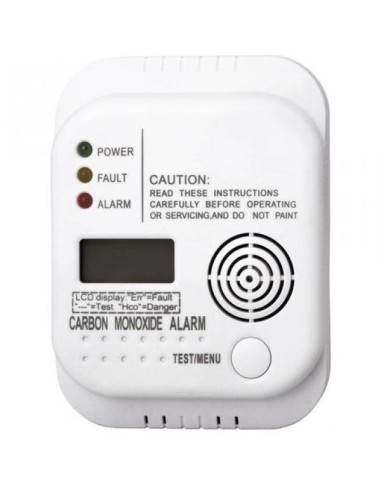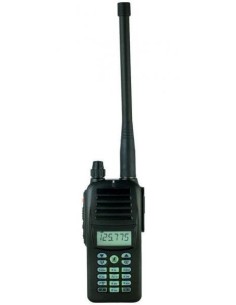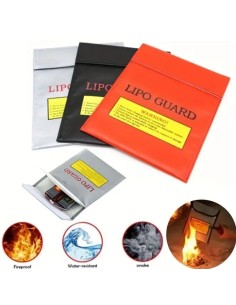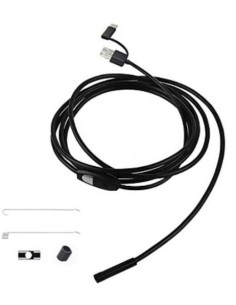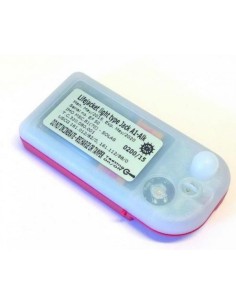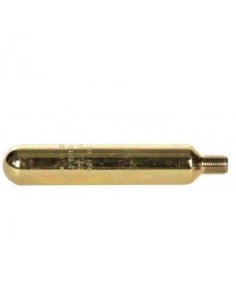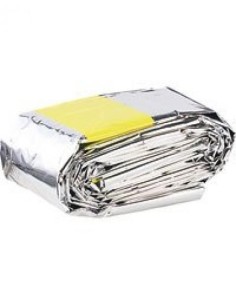CO Detector with Visual and SOUND Alarm Direct reading of mesure on LCD Screen
CO Detector with Visual Alarm and SOUND DIrect Reading on LCDof the measure. More powerful than a single pellet that loses its property through time, and needs to be changed every year. Your angel in the Cockpit.
SOUND AND VISUAL CO DETECTOR WITH DIRECT READING
Transportable detector with audible alarm, lightweight and space-saving. Detects from 100 ppm of carbon monoxide in a passenger compartment. A detector in the form of a self-contained disc. The alarm when it is triggered can not be ignored and imposes an immediate reaction;
Safety in the cockpit!
More powerful than the detector pellet, which has to be renewed every year and which will perish. Moreover, the pellet is passive only when the symptoms are recognized that it is looked at for a confirmation, it can sometimes be too late the senses are altered. with the sound detection when the siren is triggered immediately we know that it is the Monoxide and we act consecutively.
It works with a 9v type battery or a square type battery and when it provides an insufficient voltage the detector tells you with small short bells.
You also have the ability to test the detector and check its operating condition, you need only before a flight to press the test button, the visual and audible alarm of triggering briefly.
We sell 2 models with the same characteristics but different shapes: round or rectangular (see photos) and according to the availability of the supplier.
What is the Carbon Monoxide?
Carbon monoxide kills because it prevents the body from getting oxygen. Death can occur without the victim experiencing any symptoms. However, some people may experience one or more of the following symptoms:
- Tired,
- Giddiness (vertigo)
- Headaches
- Nausea
- Irregular Breathing
- A red coloring of the skin (often taken by error for a hot rosy dye due to the heat of fire, or sun or heat under the plane canopy)
-
- In order to specify the doses:
The first symptoms of intoxication are apparently close enough to those of seasickness:
• 200 ppm *: headache, fatigue, dizziness, nausea
2 to 3 hours.
• 800 ppm *: dizziness, nausea and convulsions in 45 minutes, then
syncope in 2 hours; dead in 2 to 3 hours.
• 1600 ppm *: headache, dizziness and nausea in 20 minutes;
dead in 1 hour.
• 6400 ppm *: headache, dizziness and nausea in 2 to 3 minutes;
death in 10 to 15 minutes.
• 12800 ppm *: Death in 1 to 3 minutes.
* concentration in air: particles per million.
- In order to specify the doses:
The carbon monoxide is toxic once inhaled because it combines with hemoglobin, the substance that transports oxygen in the red globules. Hemoglobin cannot then take oxygen in air. The lack of oxygen kills the cells and muscle tissues.
CO is a chemical poison gas.
The anoxia due to lack of transport of oxygen to tissues and muscles is the main mechanism of action. The affinity of CO for hemoglobin is 245 times greater than that of oxygen. Absorptive CO thus binds to hemoglobin and form the carboxyhemoglobin (HbCO) Its toxic action would also result-
Reduction of oxygen release fixed on hemoglobin further reduces the amount of O2 available in tissues.
The binding of CO to myoglobin of muscle myocardial and skeletal cells.
The binding of CO to cytochromes causing inhibition of the cellular respiratory cycle.
- Carbon monoxide is produced, among other things, by incomplete combustion due to lack of oxygen in plane, usually by a leak or crack or malfunction of the exhaust system entering the cockpit..
It can therefore appends in other context and cause accidents in the domestic environment if the heating systems are poorly maintained: for example, a faulty, poorly maintained water heater, an unwashed chimney ...
Poisoning can be sudden (acute) or repeated over time (chronic). It is an insidious gas because it is odorless.
Carbon monoxide is from all the more dangerous as you do not see it and do not feel it.
GOOD REFLEXES IN THE EVENT OF INTOXICATION: -
- Close the heating cabin system.
- Open the windows if existing, open air ventilation (direct air intakes ) if taken from exterior and ventilate with fresh air (Careful with ventilation cabin not collecting the air directly from the outside)
- Leave the places as soon as possible, therefore in a plane land as fast as possible. (including in countryland in a field, better an explanation with the administration than to die)
- Call for help: Contact tower or control if not possible, message on 121.5 by indicating indicative, position, problem and intentions. (on the ground call emergency in France 18 for the firefighters and 15 for the Samu ) Do not go back in the cockpit (or your housing) without having found the reason and cause - call a qualified professional.
TECHNICAL CHARACTERISTICS :
Highly reliable and easy to install, the detector is equipped with an ultra-sensitive sensor to prevent carbon monoxide accidents.
Battery-powered: requires no connection and ensures detection independently. Requires no maintenance. This is a 9V battery depending quality it last 1 to 7 years.
The detector must be installed in the cockpit as close to the firewall as it is a heavy gas, it is better to have it placed at the bottom. Place it with the Velcro patches boucle and needles you can find on aerodiscount Website.
For domestic use it must be placed in the same room as the appliance capable of producing CO2, simply installed or fixed with a screw.
• Gas detected: CO / carbon monoxide.
• Principle of detection: high-sensitivity electro-chemical cell.
• Alarm type: audible and visual alarm (red flash). Direct reading of ppm / m3
• Alarm levels:
50 ppm * between 60 and 90 minutes.
100 ppm * between 10 and 40 minutes.
300 ppm *: within 3 minutes (in accordance with EN50291: 2001).
• Alarm volume:> 85 dB at 3 meters.
• Conformity: EN50291: 2001 and Kitmark stamped CE.
• Operating temperature: -10 ° C to + 40 ° C.
• Accepted humidity: 30 to 90%.
• Start-up: immediately, without pre-heating on power-up
• Battery: 9V according to brand and model of 1 to 7 years under normal conditions of use.
• Signal of end of life of the stack by slight successive Beeps.
• Dimensions: Diameter 76 x 34 mm.
• Weight: approx. 140 g.
* Concentration in air: particles per million.
2 products model are proposed depending supplier (see images)


